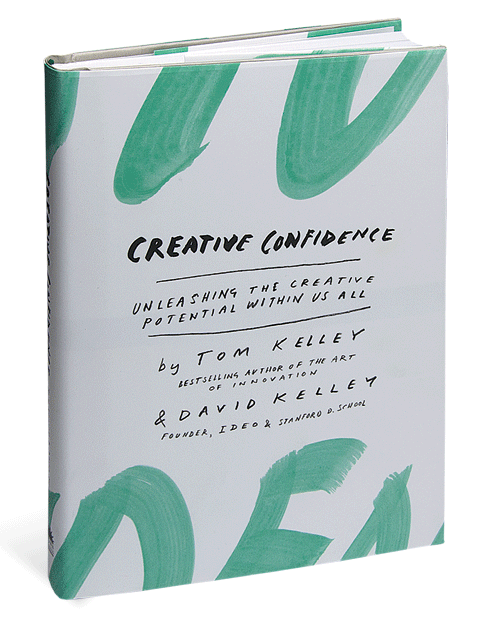
Books: Ori Brafman Considers Survival Amid Chaos
Injecting chaos into the right places leads to business opportunities and social change, according to organizational researcher Ori Brafman.
Injecting chaos into the right places leads to business opportunities and social change, according to organizational researcher Ori Brafman.
The Chaos Imperative: How Chance and Disruption Increase Innovation, Effectiveness, and Success
By Ori Brafman and Judah Pollack; Crown Business; 230 pages; $24
Ori Brafman continues to build his legacy as an unusually perceptive organizational researcher with a hefty stash of compelling stories pulled from his own and his clients’ experiences in The Chaos Imperative: How Chance and Disruption Increase Innovation, Effectiveness, and Success, which he wrote with Judah Pollack.
This time he takes on a whopper of a business issue—survival amid chaos—with a twist: Instead of taming chaos, he urges leaders to insert more of it. The key is to inject it in the right spots and in the right way.
Brafman argues that doing chaos “right” requires three elements—building “white space” (genuine, refreshing downtime) into your personal and organizational practices, adding “unusual suspects” (people who often seem an odd choice to involve in a situation), and arranging for “planned serendipity” to accelerate innovation.
He then frames the book around his own remarkable involvement with an unlikely client: the U.S. Army and, more specifically, General Martin Dempsey, now chair of the Joint Chiefs of Staff. “The institutional army was known on the inside as a place where good ideas went to die,” Brafman writes.
From the bubonic plague to “slacker” Albert Einstein’s brain, to the birth of The Huffington Post, the three elements of chaos conjoin to create powerful business opportunities and social change. A quick read with to-dos nearly any organization could adopt.

Creative Confidence: Unleashing the Creative Potential Within Us All
By Tom and David Kelley; Crown Business; 304 pages; $16.20
The Kelley brothers—founders of the renowned IDEO design firm and Stanford University’s d-school (design thinking school)—never disappoint as they continue their patient efforts to convince us all that we are creative souls who simply lack confidence and a process or two.
This latest project has special meaning, a product of joint promise made during David’s life-threatening battle against throat cancer. That introspection makes their case all the more compelling as they encourage us to reframe challenges, “find your sweet spot between passion and possibility,” “rate your day,” conduct first-hand field observations that grow customer-centric empathy, and more. Rich examples of successful innovation techniques and cases will have you saying, “I got this.”

Beyond the Job Description: How Managers and Employees Can Navigate the True Demands of the Job
By Jesse Sostrin; Palgrave Macmillan; 256 pages; $30
Looking ahead to December’s traditional performance evaluations and January’s New Year’s resolutions, you may—like many others—be recommitting to the quest for greater professional success in 2014. This book may help you achieve it by identifying the “job within the job” that no position description covers but that still requires skill, mindfulness, and strategic thinking.
According to consultant Jesse Sostrin, two elements—the need for continuous learning and performance and the presence of performance barriers—create this “hidden curriculum of work.” Pulling from his own corporate clientele cases, he proposes a four-step model of signposts and plenty of get-out-your-pencils exercises to guide you to “breakthrough performance.” Turn to the self-assessment “How ‘Futureproof’ Are You?” to get going.
(Handout photo)






Comments